Where to eat in Copenhagen on a budget
The expensive Danish city may be home to 15 Michelin-starred restaurants but the bakeries, bars and fast food are delicious alternatives.
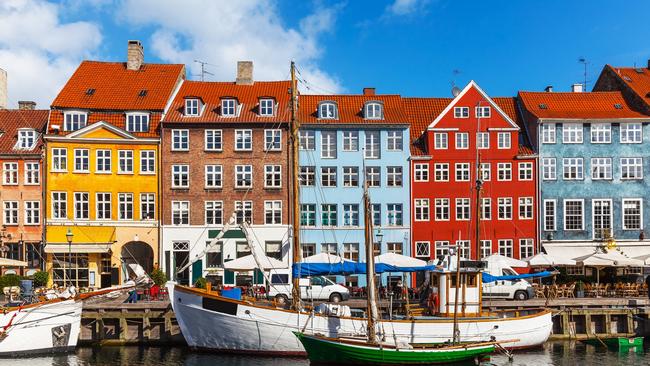
Copenhagen is notoriously pricey — the average cappuccino will set you back almost $10 — and last year the Economist Intelligence Unit billed it as the eighth most expensive city in the world.
But it’s also one of the most exciting places to eat, with 26 Michelin stars across 15 restaurants and a truly experimental scene: take Alchemist, with its 50-course menu, which has included an ashtray made from potato, inspired by the chef Rasmus Munk’s grandmother. Dinner here costs $1164 a head and the waiting list runs to 10,000.
I don’t want to spend my entire holiday budget on one meal, so I challenged the city’s coolest chefs to lead me on an affordable tour of the dining scene. Armed with their answers, I set off for a three-night visit with a friend.
The best bakeries
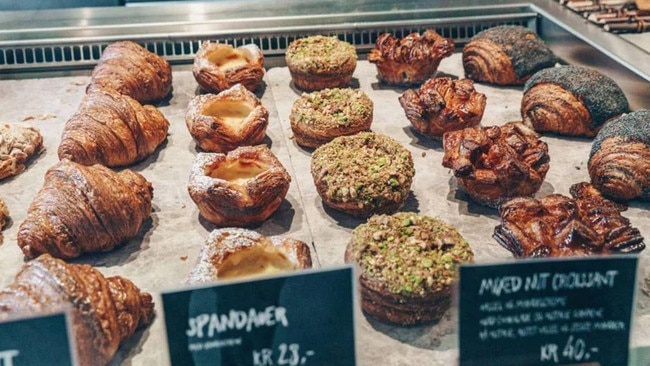
You could spend the weekend on a trail of bakeries alone. “You need to let go of the concept of breakfast, lunch or dinner. It’s open season,” says Talia Richard-Carvajal, the head of pastry at Hart, a group of bakeries dotted around the city. The first Hart opened in 2018, prompting queues around the block.
I arrive in the middle of the pre-Lent festival of Fastelavn, during which bakeries across the city sell traditional buns called fastelavnsboller, which are either pastries filled with remonce (Danish butter and sugar paste) or buns made from Viennese-stye pastry and filled with cream.
My “breakfast” at Hart consists of a soft, chewy sourdough seeded morning bun with cheese and tandsmor (the Danish word for butter) spread so thick that I leave tooth marks behind after each bite, a spiced fennel sausage roll made with croissant dough that manages to be light as well as greasy, two fastelavnsboller and a cardamom bun — a Hart signature made from croissant dough cut-offs.
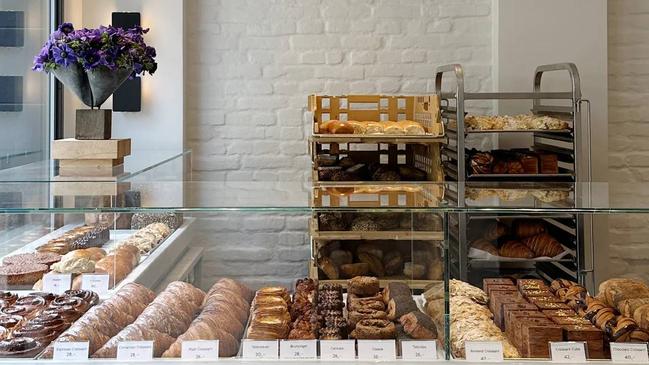
Hart, which now has six sites, is one of the city’s best-known bakeries, but there are many, many more. Richard-Carvajal sends me off with a long list. Everyone says that Juno the Bakery sells the best cardamom buns in Copenhagen. It doesn’t have seating, just a little front garden, but even in the rain my knot of soft dough is worth lingering over.
Andersen & Maillard is very busy, thanks to its popular brunsviger — square croissants filled with pistachio cream — that attract influencers. These sell out quickly, but don’t be put off: the carrot cake and coffee are next level, as is the bread and cheese roll.
A 20-minute walk away is a branch of Meyers Bageri, where I have a very fine kanelsnurrer (a cinnamon and chocolate swirl) and spandauer — Danish pastry filled with custard or jam. I also make a trip to a Japanese-Danish bakery, Andersen, in the Islands Brygge neighbourhood next to the harbour, where they sell award-winning mini-desserts. I have a yuzu citromane — a Danish lemon cake.
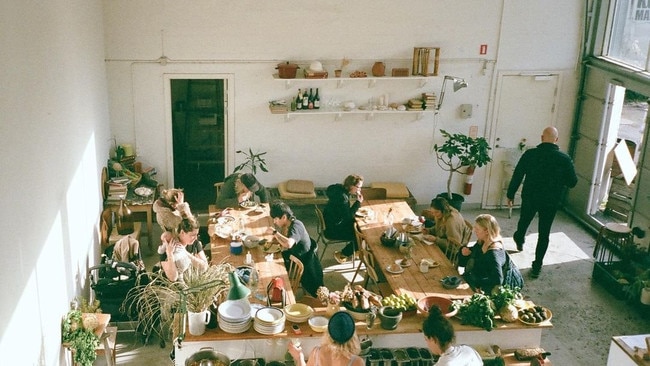
Lille is a light, bright bakery on the water in Refshaleoen, a former industrial site north of the city centre which is now a trendy neighbourhood. You will be tempted, when you learn that they have salads, sandwiches and seasonal soups, to extend breakfast into lunch. I have a beetroot and lentil salad with whipped butter, sourdough and eggs. I promise it’s worth the 50-minute walk from the city centre.
The finest fast food
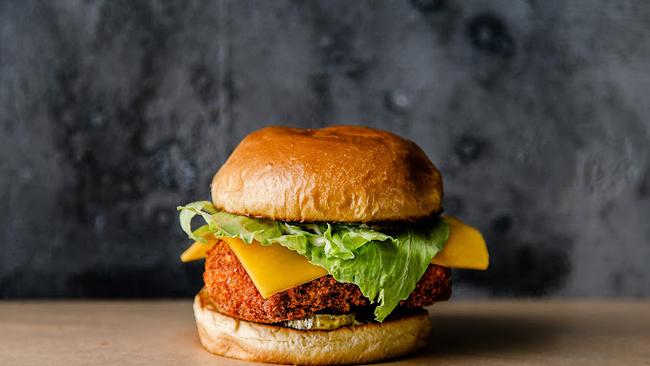
The irony that Copenhagen, a city of tasting menus, serves incredible fast food, is not lost on Santiago Lastra. The Mexican chef, who worked with Rene Redzepi on the Noma residency in Tulum, spent 12 years living in Copenhagen.
In 2020 Lastra opened Kol, London’s only Michelin-starred Mexican restaurant, but returns to Denmark at least once a year. “If you eat at these more casual restaurants it’s the same price as eating out in London,” he tells me. On his recommendation I go to Poulette, a spicy fried chicken sandwich shop that the singer Dua Lipa has visited, in trendy Norrebro. The shop also made a cameo in the second season of TV series The Bear, when Marcus travels to Copenhagen to learn from a skilled pastry chef.
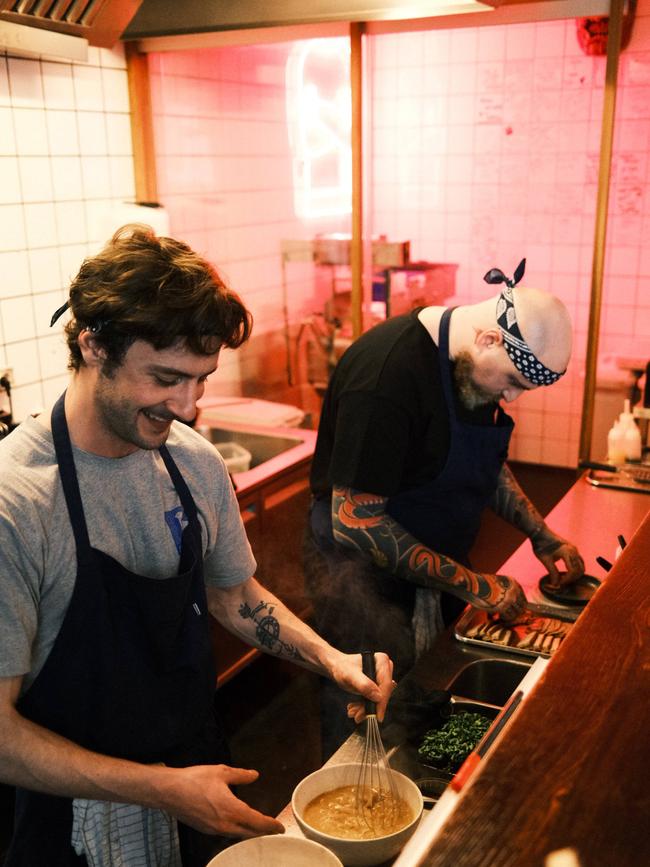
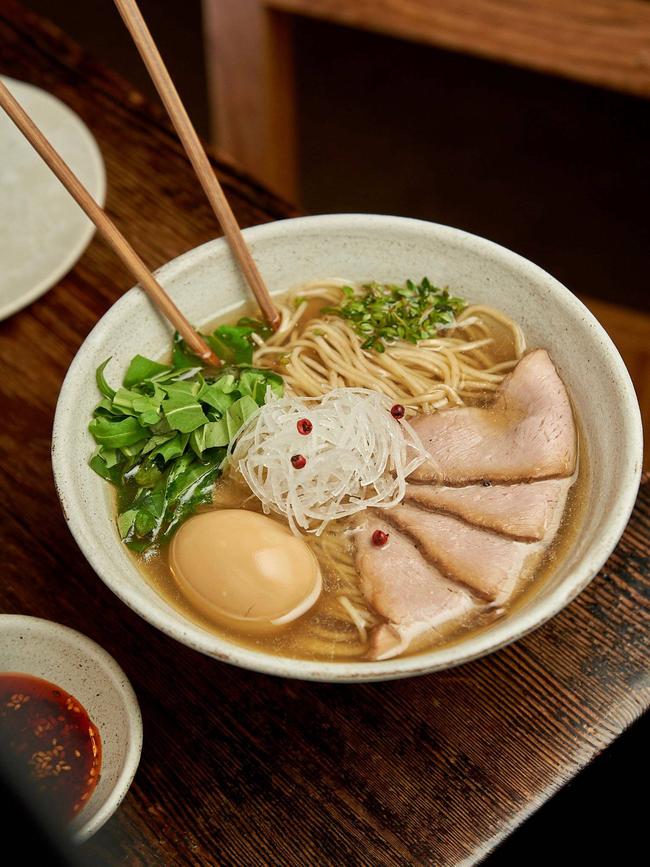
It is pouring with rain when I arrive and there is no indoor seating, but it only takes me 10 minutes to make my way through the burger with its pillowy soft bread and thick chicken patty that wasn’t so much crisp as crunchy, plus the chips and spicy mayo. Don’t miss Slurp Ramen Joint, another Lastra tip — just don’t expect to linger over your meal. “They don’t even have a toilet. They don’t want you to stick around,” he tells me. “It’s a place you go in for half an hour to an hour.”
There’s also usually a queue, which I experience when I visit at lunchtime. I order a beer and a very generous bowl of delicious shio chicken broth ramen topped with pork, egg and spring onion.
Inexpensive dinners
Denmark is the home of smorrebrod, aka open sandwiches, which are the signature dish at Aamanns, recommended by Richard-Carvajal. “It’s the kind of place you go for lunch with your mum when she’s visiting,” she says.When we arrive it’s full of locals and the counter in front of the bar is lined with huge glass jars of pickles. You can’t not order the smorrebrod with curried herring, a cherished Danish lunch staple, served here with apple, egg and sour cream. One is enough for a light lunch, but I also have one with Icelandic smoked salmon, pickled cucumbers and horseradish.
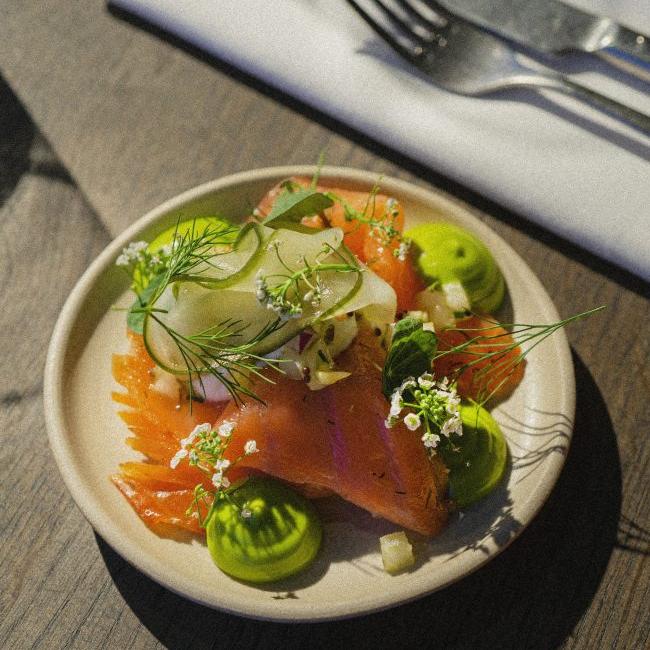
Barr is a well-known spot on the waterfront by the North Atlantic House cultural centre, and is worth the hype. Its long wood-panelled room has a laid-back atmosphere and out-of-this-world food. We eat three smorrebrod between two: more curried herring, another with shrimp, dill and edible flowers, and bakskuld — a smoked white fish that our waiter, Alex, describes as “bacon of the sea”. There’s also a fantastic selection of beers and natural wines. Our final meal is at Propaganda, a Korean-inspired restaurant and wine bar that is popular among all the chefs I speak to. It’s loud, casual and most of the seating is in stalls. The family-style food, cooked over a huge smoking grill, is fantastic.
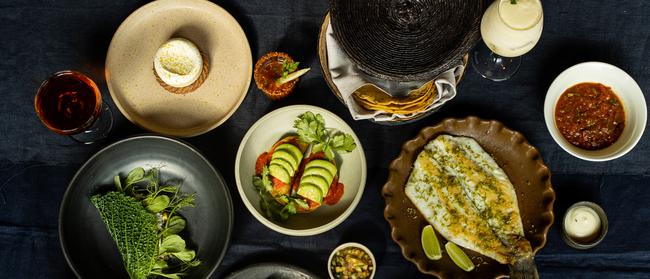
The classic fried chicken sandwich, served on a skewer, and the cabbage mandu (Korean dumplings) with shrimp and rice are my highlights. If you book one restaurant when you go to Copenhagen make it Sanchez in Vesterbro, set up by another former Noma chef, Rosio Sanchez. The five-course menu includes fried oysters with salsa macha and habanero mayo, and cochinita pibil pork tacos served with fluffed-up fried tortillas.
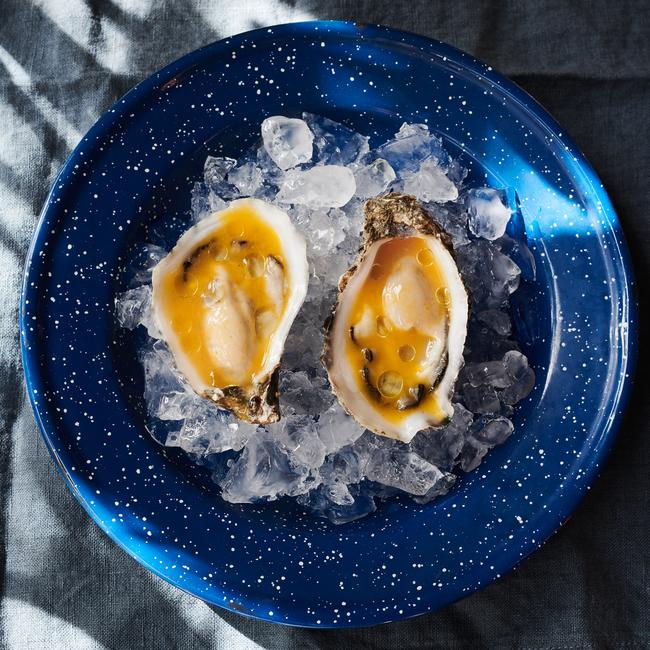
Buzziest cocktail and wine bars
Copenhagen’s bar scene is often overlooked, says Michael Hajiyianni, the general manager of Ruby, a world-renowned cocktail bar in the city centre. After a day of eating, the temptation to spend the evening horizontal is strong. However, we muster enough strength to leave our room at Hotel Sanders, a boutique stay behind the Royal Danish Theatre owned by the former ballet dancer Alexander Kolpin, to venture downstairs to Tata, its bar.
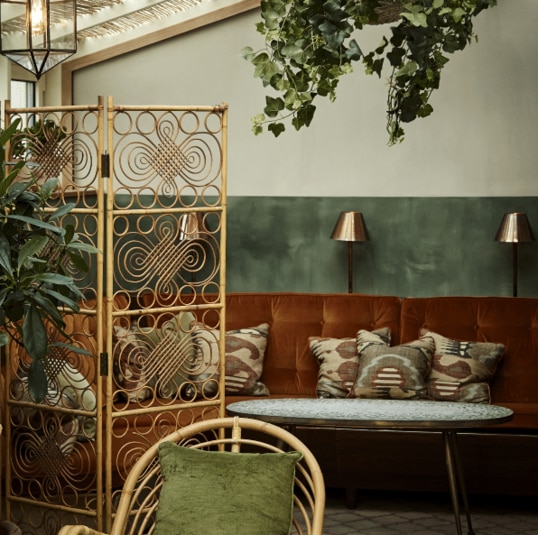
The bestseller is the pornstar martini, which may sound vulgar but it’s elegant rather than sickly sweet.
Energised, we make it as far as Bird, a minimalist “Japandi” bar with a huge vinyl collection. Its signature is a bonfire manhattan: a fiery drink made with whisky, mezcal and coffee bean vermouth. Denmark is big on natural wines and the wine bars Ved Stranden 10 in front of Holmen’s Canal, and Den Vandrette in pretty Nyhavn harbour come recommended.
By our final day we are exhausted — and stuffed.
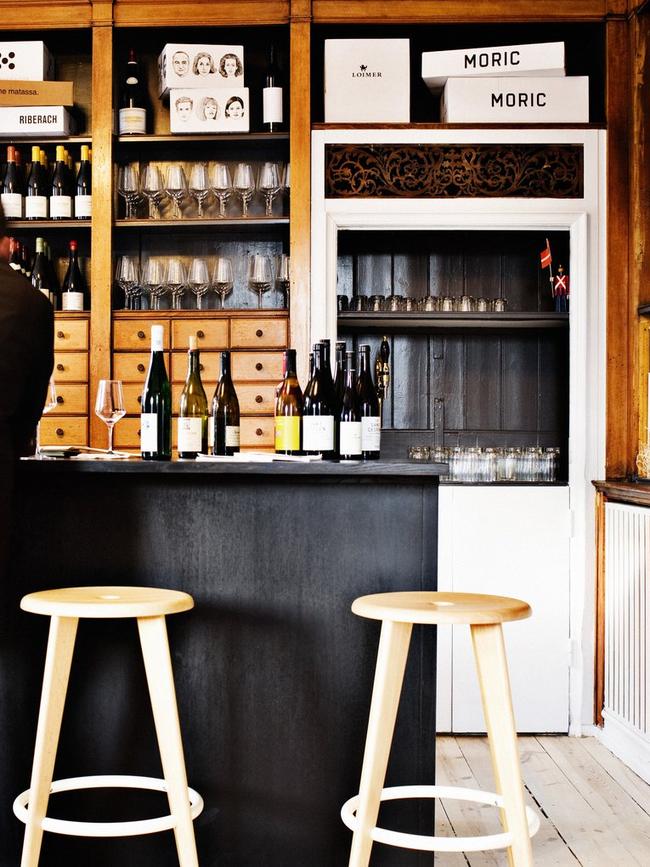

Every time we go to a new restaurant or bar we leave with a list of further recommendations. You can’t “do” Copenhagen in just a few days, not even outside the traditional constructs of breakfast, lunch and dinner. I will be coming back for longer, with a bigger appetite — and probably a larger pair of jeans.
THE TIMES
Hannah Evans was a guest of Hotel Sanders.
If you love to travel, sign up to our free weekly Travel + Luxury newsletter here.

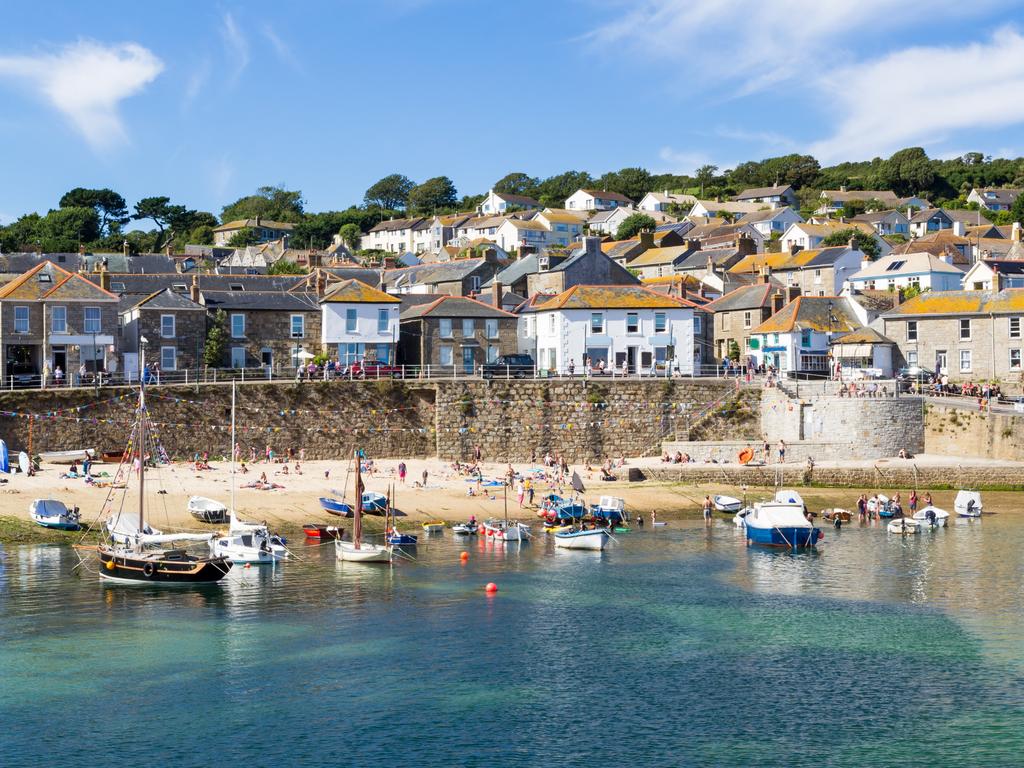

To join the conversation, please log in. Don't have an account? Register
Join the conversation, you are commenting as Logout